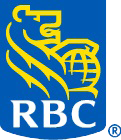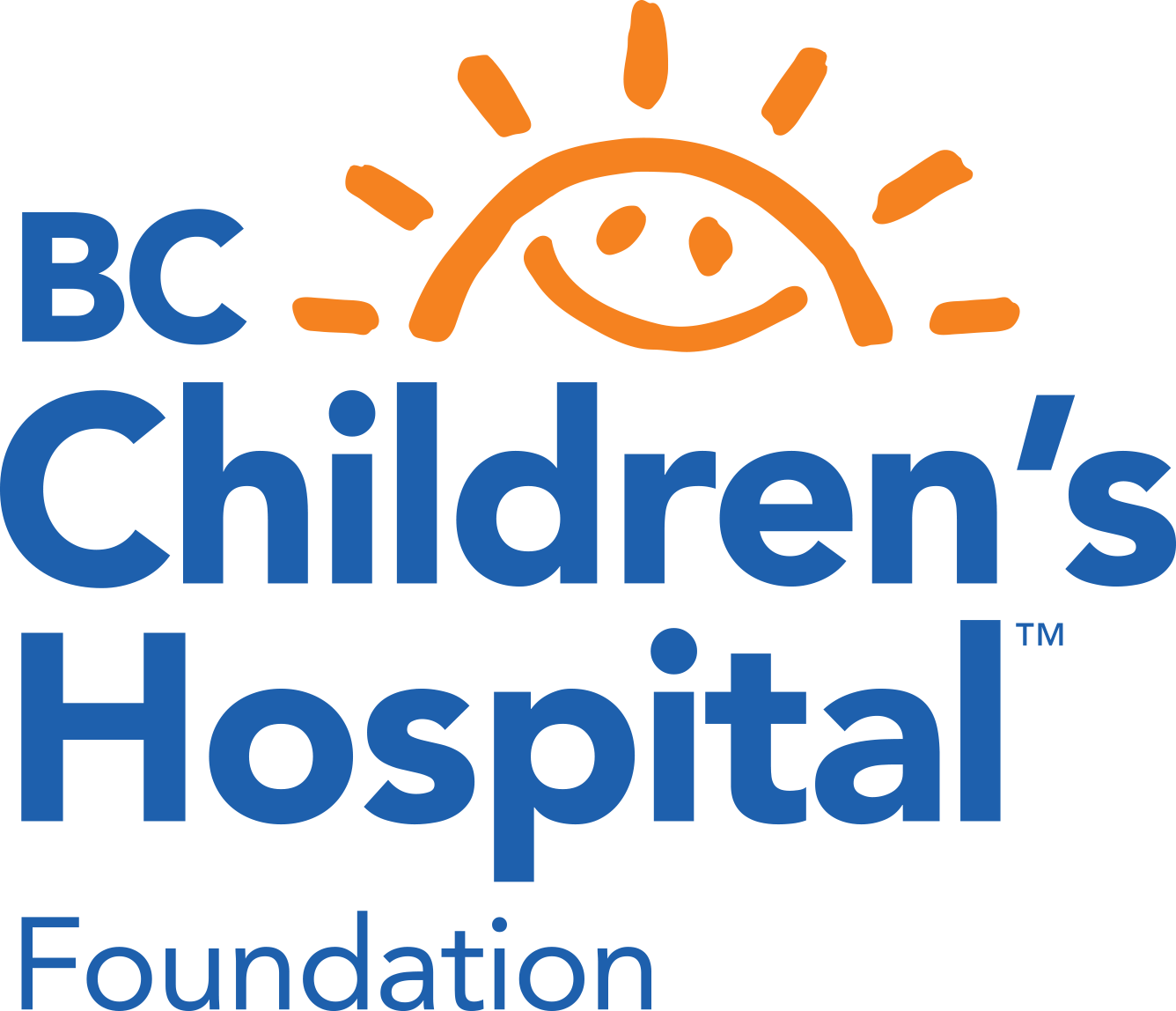These answers were developed with FamilySmart Family Peer Support workers at the Kelty Mental Health Resource Centre, our parent advisory group and BC Children's Hospital health professionals.
* Are you a youth? Check out Foundry Pathfinder for personalized support options.



